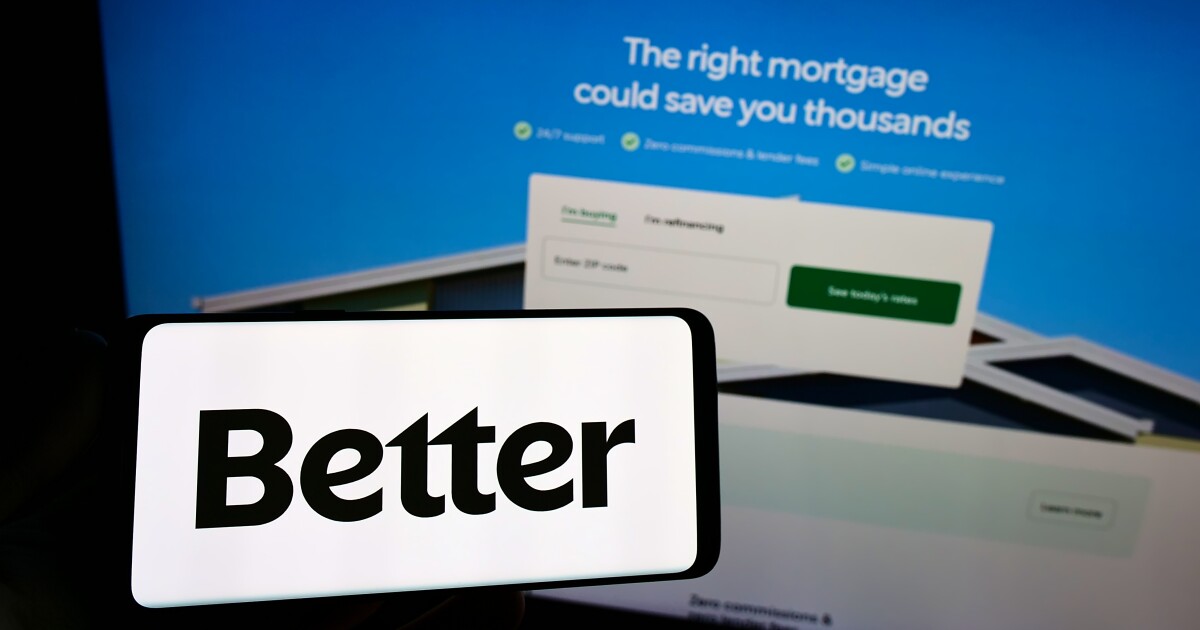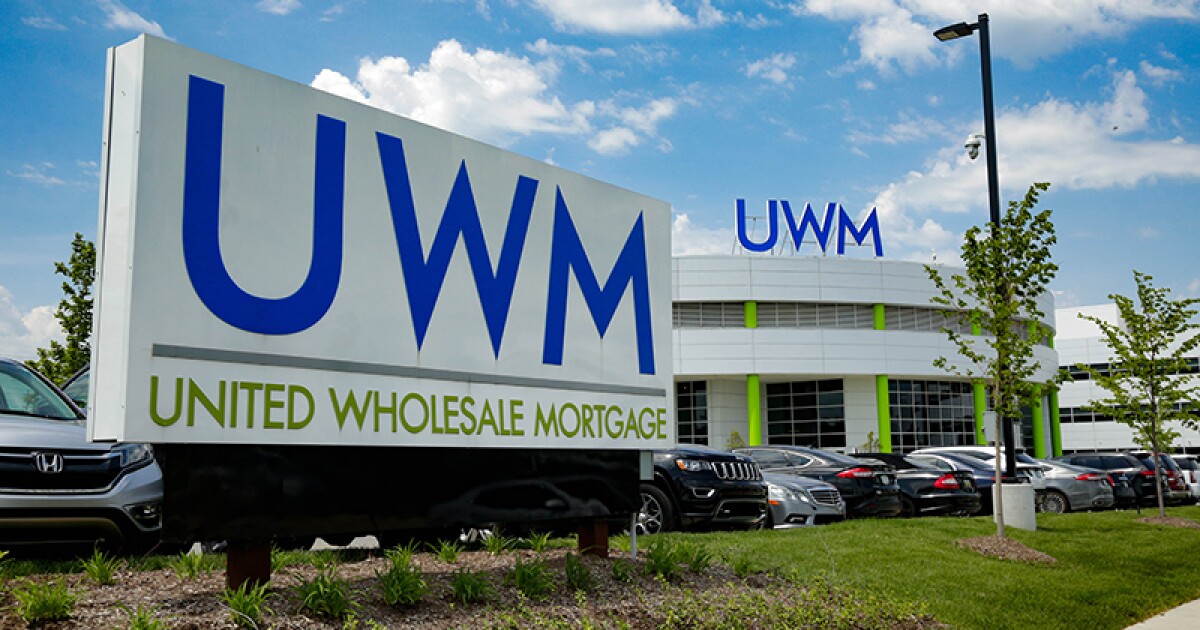
Despite persistent losses, Better Home & Finance CEO Vishal Garg is still biting at the competition, publicly stacking the company up against lender and vendor rivals.
The New York-based firm Tuesday disclosed a $36 million net loss in the second quarter, improving on a
Executives suggested
"We now have a path out of a really terrible environment, and we have nearly infinite scale if the interest rate environment changes," said Garg.
How Better fared in the second quarter
The company reported $1.2 billion in funded loan volume between April and June, up from $868 million in the prior period. Home equity line of credit volume accounted for $240 million, or 20% of production. Neo Home Loans, a retail shop that
Better reported $44 million in revenue in the recent quarter, also up from approximately $32 million in the first quarter and year ago periods. Expenses fell slightly to $80 million in the spring, with slightly higher loan origination and marketing spends.
Chief Financial Officer Kevin Ryan said the company has three warehouse facilities for $570.5 million. The lender also shored up its financial position in April in restructuring its financial agreement
Vishal Garg promotes Better's edge in artificial intelligence
The company promoted improvements in its technology, including its
"We are one of the few mortgage companies, if not the only mortgage company in the US with a full scale tech stack all in one place, all in one flow and entirely API-able to agentic AI," said Garg.
The firm which is still primarily a direct-to-consumer player
The CEO said the tech has attracted loan officers from retail giants including Loandepot and Movement Mortgage, originators that funded over $180 million in loan volume in 2024. Better also revealed its first partnership with an unnamed bank using its Tinman platform. The depository was able to onboard Tinman in under three months, and Better said it anticipates $4 million in monthly revenue in the future.
Garg also criticized unnamed technology rivals in the industry, describing their market share as "effectively monopolistic." He contrasted Tinman's capabilities with those of the leading platform, which he said only allows one person to access a loan file at a time.
"Not pejoratively, but what is the AI agent going to do? She's going to ask the loan processor to check out the file like it's a library book so that it can go in and make an entry?" said Garg. "I think it's just open hunting season on that front."



